How To Choose a Right Bike Parking Solution?
There are variations in the quality of the bike parking available. Bad bike parking occurs as well. Sometimes it’s the result of a mistake or an accident. However, parking your bike won’t be a problem if you put some thought and effort into it.
Everyone prefers to see a decent bike parking system. We are likewise opposed to the practice of wasting money on ineffective solutions. The following are a few fundamental recommendations that will assist in making your bicycle parking project successful.
Do you want to know more about this topic? We also have an article talking about a simple introduction of bike parking system.
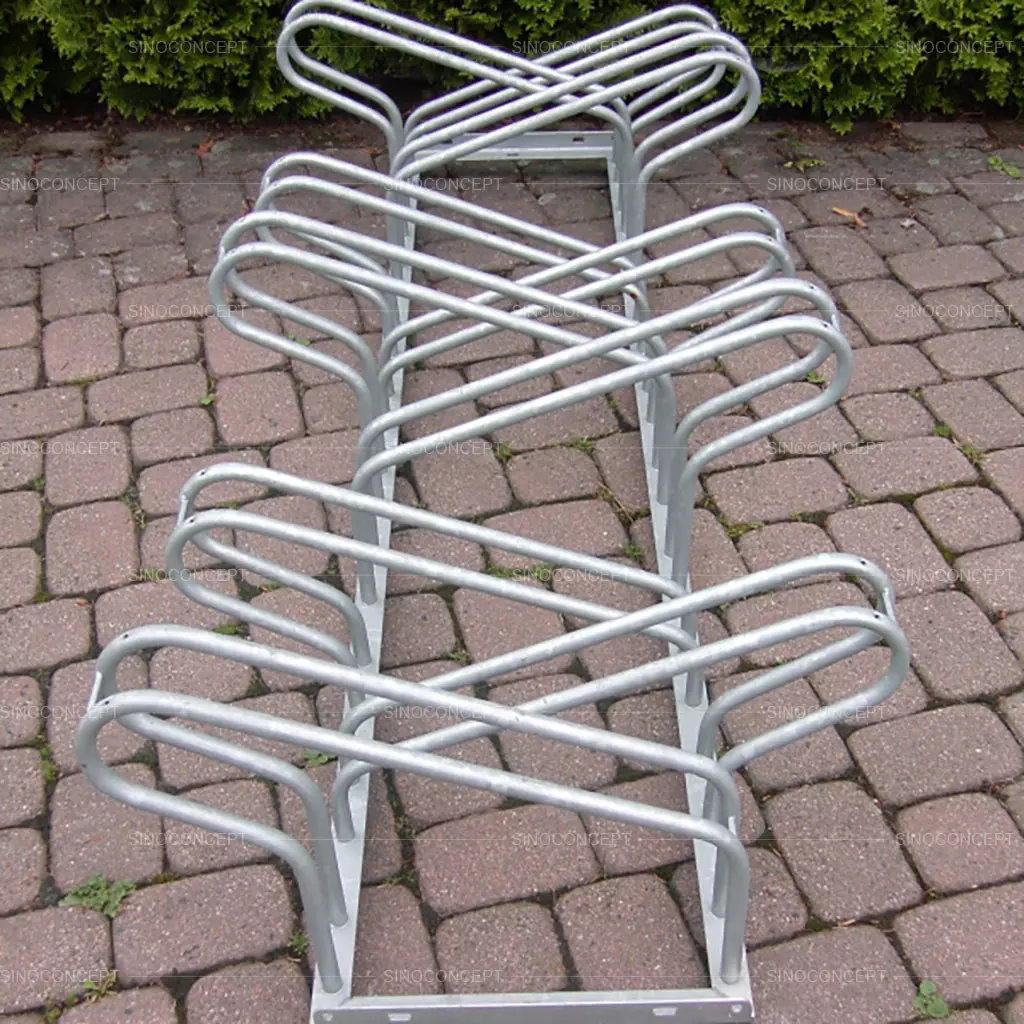
Facts you need to consider when making your cycle parking plan
Some of the points that you should consider for bicycle storage and parking system include the following:
Choose a site for bike parking
Bicyclists are forced to improvise when no parking infrastructure is available, and they will fasten their bikes to anything that seems safe. This may damage fixtures like lamp poles and railings and create risks for people to navigate.

Please put it in a place that is easily seen and prominent
If bikers cannot locate your bike rack, they will not use it. We suggest positioning a bike rack within fifty feet of an entrance or as close as possible to the closest automobile parking spot.
Bicyclists will be directed to the bike parking area if you use signs and paint the bike rack in bright colours to attract their attention.
Cycle racks are hidden behind buildings or places that are not easily seen, offering burglars more time to work without being seen.
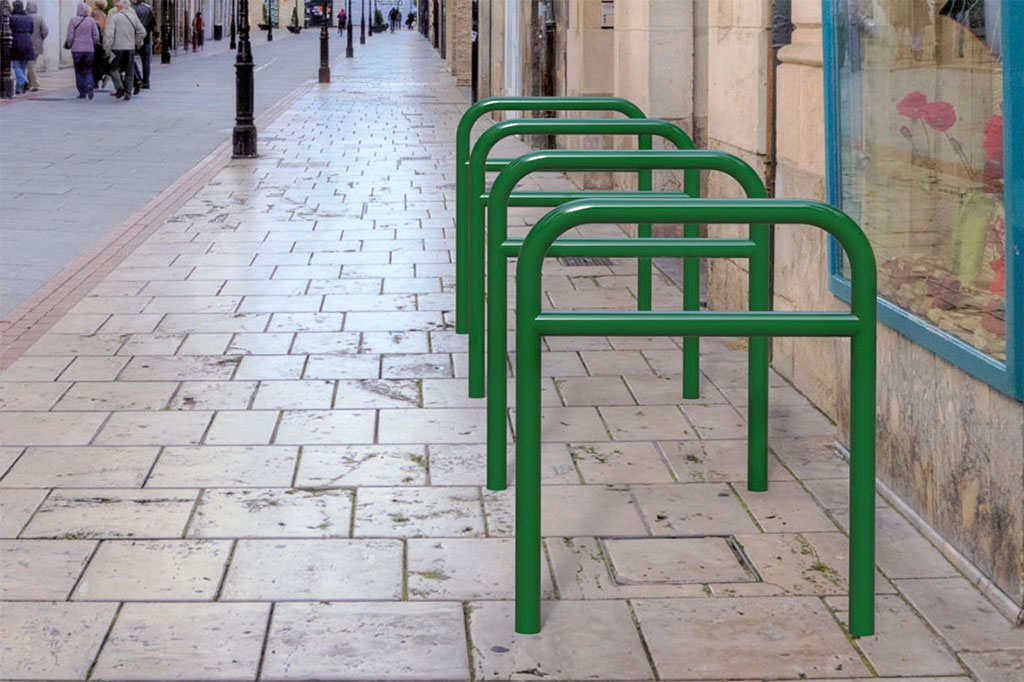
You have already read a good part of this article, 👀
We've
got the impression that you like it. 🙂
👇🏻
IF YOU ARE LOOKING TO WORK DIRECTLY WITH A MANUFACTURER,
FEEL FREE TO CONTACT US. WE ARE VERY HAPPY TO HELP!
Determine the demand
What must a minimum number of bicycles be parked at your commercial, office, or residential building?
Contacting the administration of your city or town and confirming whether or not any minimum regulations or requirements are relevant is the most straightforward and basic approach to responding to this inquiry.
Utilisation of Both Capacity and Space
After calculating the parking spaces, you must ensure sufficient space is available.
A bike rack will only be able to store its total bicycle capacity, providing sufficient space between it and any nearby impediments. Additionally, a bike rack must not hinder other items on the roadway, including street furniture, access doors, or the right of way.
Let your city guide you
Most municipalities and localities already have bike parking standards, legislation, and even cost-share programs for bike racks. You will be able to discover the answers to your concerns about the necessary capacity, positioning, and right-of-way for bike parking.
Check the webpage for your neighbourhood or community. In most cities, the Department of Public Works or the Department of Parks and Recreation is the place to go for information on bike parking.
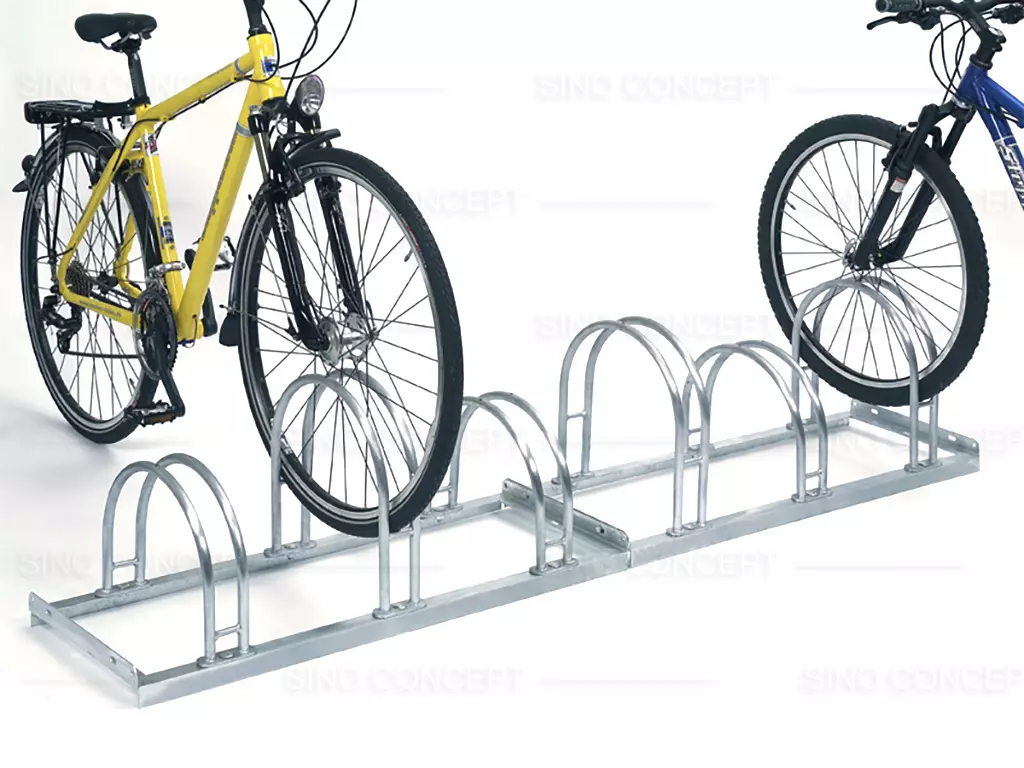
Advantages of Bike Racks
Some of the advantages of installing simple bike racks include the following:
Convenience
Bike racks may be more convenient if placed in an area that can be reached without much effort. To do this, the bike rack that is the closest should be put no more than fifty feet from the main entrance of the building or the location of the planned destination.

Bicycle safety
Installing bike parking racks is the most important thing you can do to ensure the safety of your bike storage space. Creating a bicycle parking facility in a region close to areas frequented by pedestrians will provide an extra layer of protection. You can securely lock your bike and roam around stress-free.
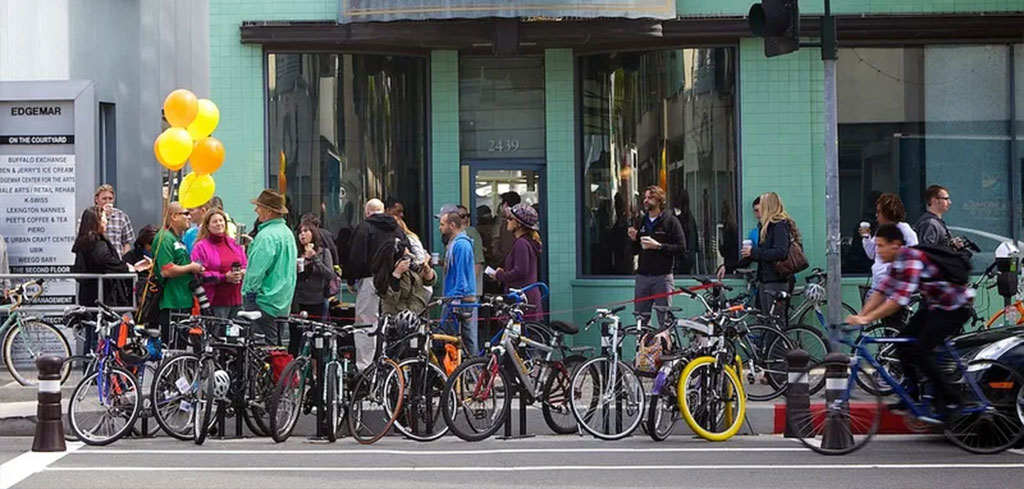
Is a bicycle rack enough to prevent theft?
Even if the rack is secured, it becomes an obvious target for illegal theft if left unattended for an extended time. This is true even if the rack is locked. Racks offer sufficient security while driving or stopping for a short duration, but they aren’t enough!
Even though it happens seldom, bike racks may be stolen. Unwary individuals lock their bicycles into a rack in the mistaken belief that this would reduce the possibility of theft. These individuals are unaware that there are dishonest parties who may unscrew the entire thing and go away with their possessions.
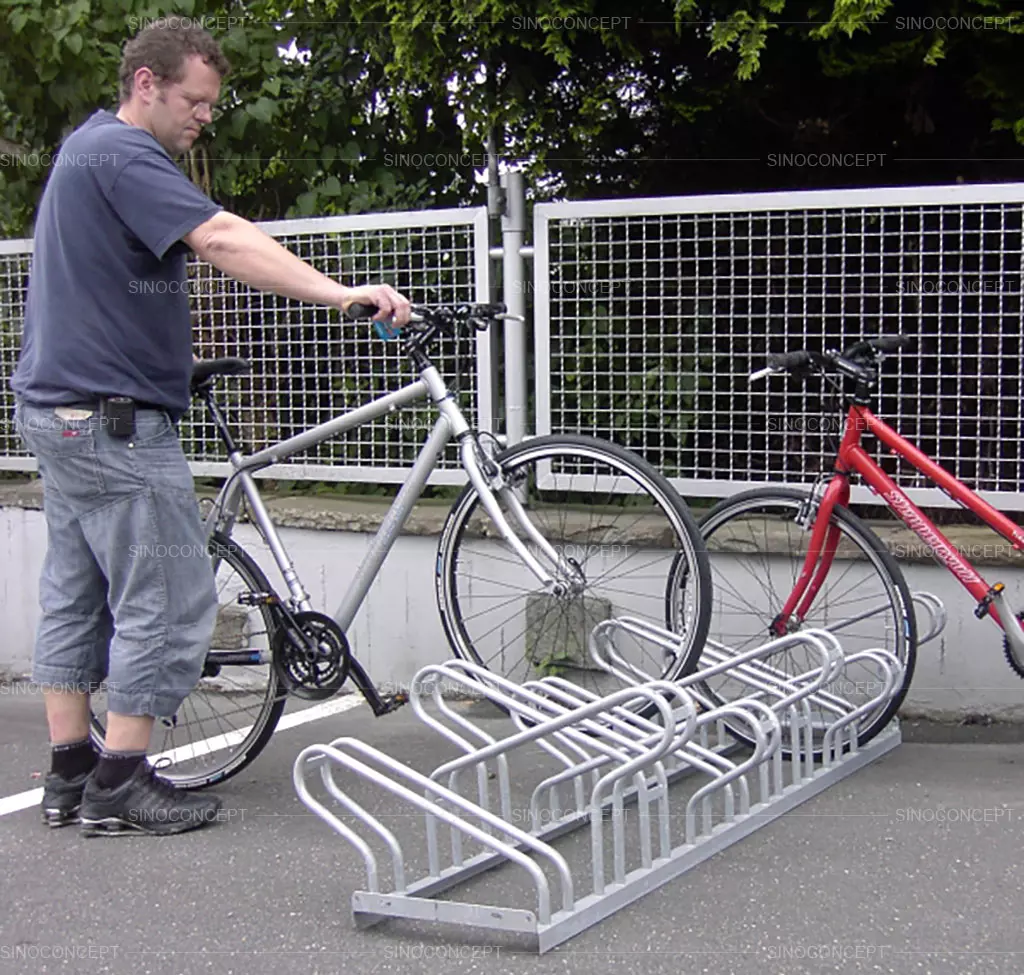
Top 5 tips for avoiding your bikes from stolen
Keeping the following pointers in mind will help you remain one step ahead of potential thieves and prevent them from making off with your bike.
1. Get an appropriate lock
The first step to protect your bicycle from being taken without permission is to get a lock or appropriate locks. A high-security lock may be an effective deterrent if you leave your bike on a bike rack or lock it up at a cafe after your Sunday bike ride.
2. Make sure that your bike is locked up
It is of the utmost importance that you acquire the skill of safely locking your bicycle to a solid object. When you want to lock your bicycle frame and wheels to something that won’t move, the best way is to use a combination of D-locks and cables.
Remove your quick-release front wheel, position it next to the back wheel, and use a D-lock through both wheels to secure them to a stationary object if there is any cause for concern.
It would help if you made entry a big D-lock with as much of the bike as possible to leverage a tool from having access to that area. Additionally, it would help if you tried to face the lock toward the ground to make it more difficult for a potential thief to pick it up.
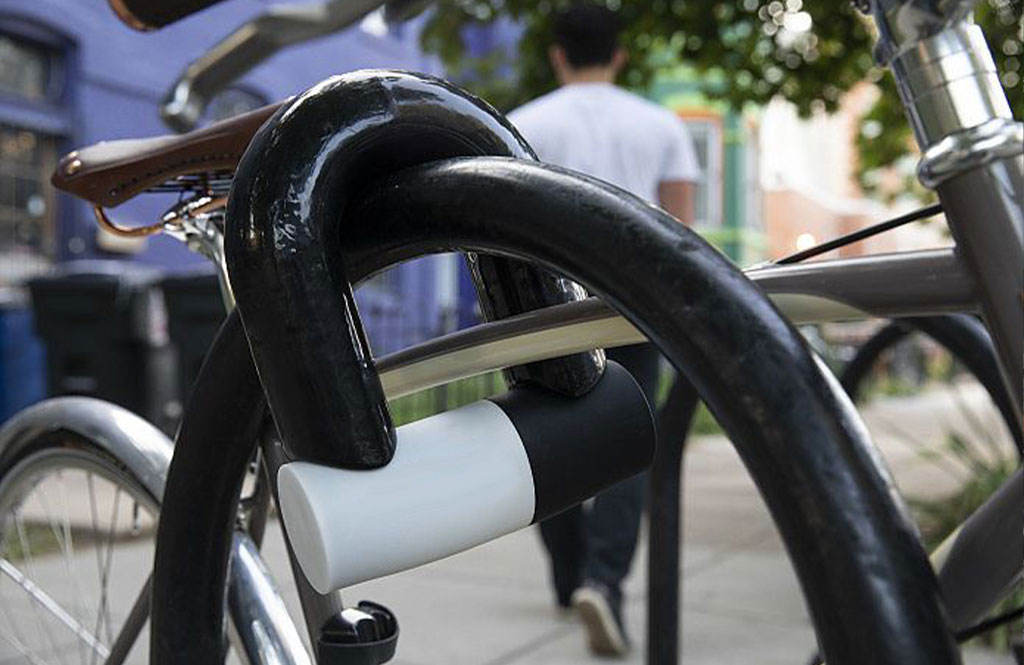
3. Choose your perch
When riding your bike at night, treat it the way you would like your automobile. Check whether a video surveillance system covers where you want to lock up your bike and ensure the area is adequately illuminated.
4. Change up where you park your bike from time to time
If you ride your bike to work, you should avoid parking in the same spot daily.
For instance, if you leave the bike in the same place every day, such as at the same railway station or on the same street in front of your business, the bicycle will start to seem like it belongs there.
Consequently, knowledgeable thieves may devise a strategy to steal your pride and pleasure using bicycle theft. It should be shuffled about and moved around to prevent it from being noticeable to anybody over time.
5. Stay in the background
This is very common while riding a commuter bike. Ride just what is necessary to get you to your place of employment and nothing more. So be it if it requires me to ride an old, beat-up bike.
It will not be noticeable; even if stolen, it will not fetch a high price on the secondary market. Engage the thieves in a mental chess game by prompting them to ask themselves, “Is it worth the effort?”
However, despite its rather negative tone, this strategy has proven successful.
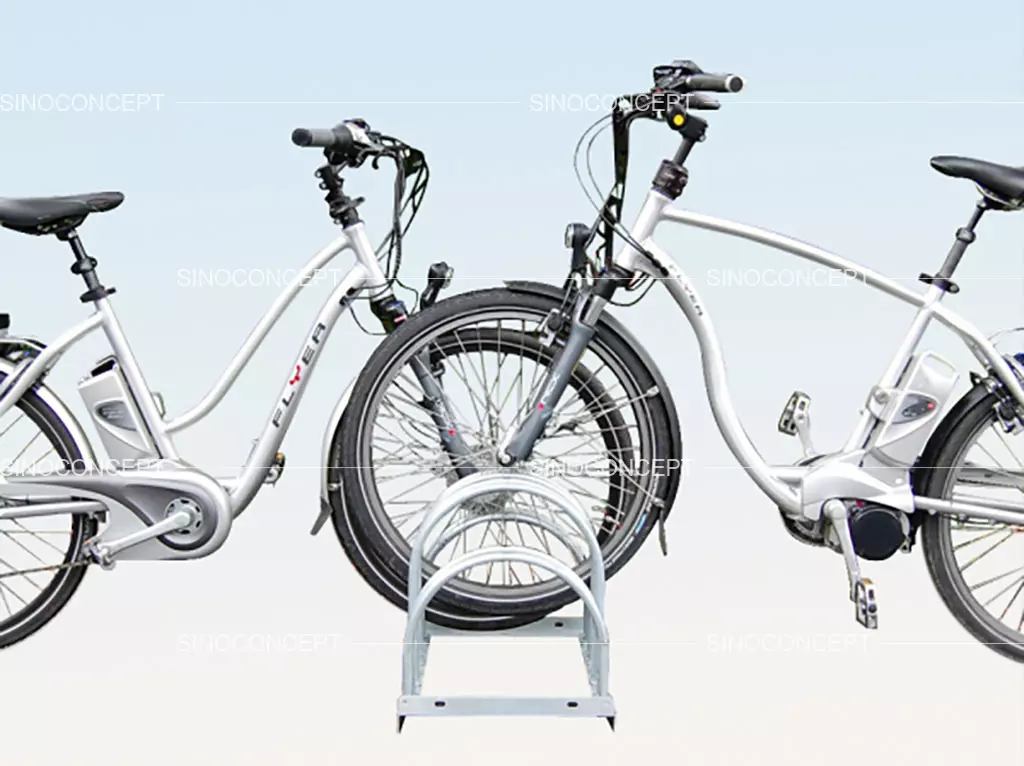
Alternatives for bike parking racks
Some of the alternatives that serve as excellent alternatives for bicycle racks include the following:
- Bike locker
People who need a secure place to keep their bicycles for an extended period can use bike lockers. These lockers are often leased to people long-term (for example, by the month) to simplify management.
- Underground parking with automated systems
A wide variety of automatic parking systems are available, each providing a high level of protection for the bicycle. They are often used at stations, transportation interchanges, city centres, and colleges and frequently employ an innovative card system.
- Bike cages
In cities or areas that do not yet have sufficient numbers of cyclists to justify the installation of bike stations but would still want to offer safe cycle parking to increase the number of people who ride bicycles, bike cages may be used as a secure parking alternative.
A bike cage of this kind may also be a practical option at a place of business to provide workers with a safe location to put their bicycles.

Why do we see more bike rack systems on our streets?
Bicycle commuting continues to rise, and making streets and businesses bike-friendly may translate to increased revenue.
Customers who arrive on bicycles are encouraged to do so and anticipated, as shown by bike racks and an abundance of parking spaces where they may safely store their bikes.
We have all seen what happens when there are no bike racks available. Bikers tie their bikes to the next tree, fence, or signpost, sometimes lifting them off the ground.
Over time, property damage may be caused by repetitive contact with metal locks (chain locks, cable locks, and u-locks) and the force of gravity. Adding a bike rack to your next architectural design is not simply a nice gesture of hospitality; it also helps reduce the risk of property damage.
Conclusion
Choosing an appropriate parking solution is essential since this directly affects the convenience you can ride on your bicycle and the level of safety required when parking it.
You should be able to evaluate the location where you store your bicycle and identify the parking racks or rails necessary for the space.
👇🏻
IF YOU ARE LOOKING TO WORK DIRECTLY WITH A MANUFACTURER,
FEEL FREE TO CONTACT US. WE ARE VERY HAPPY TO HELP!





















